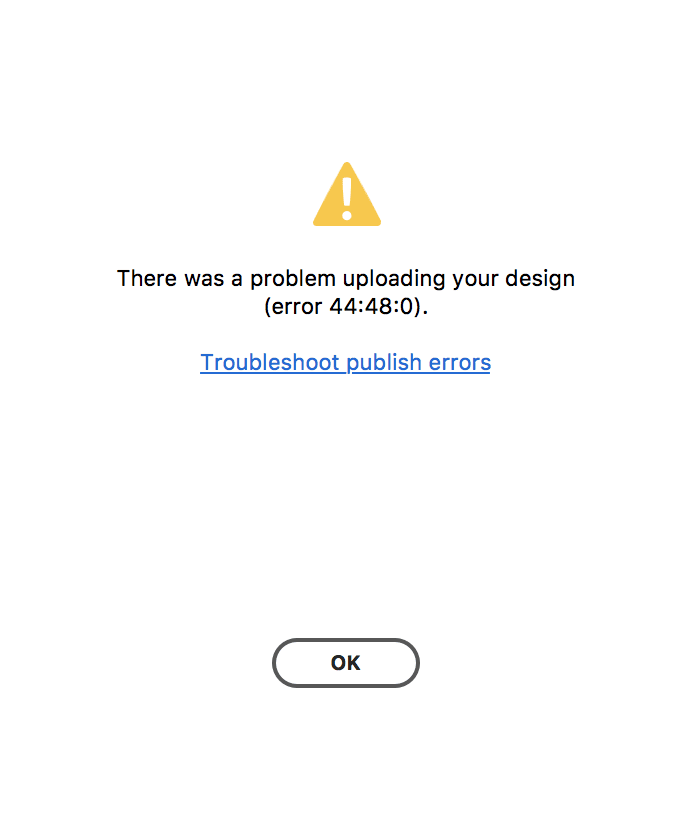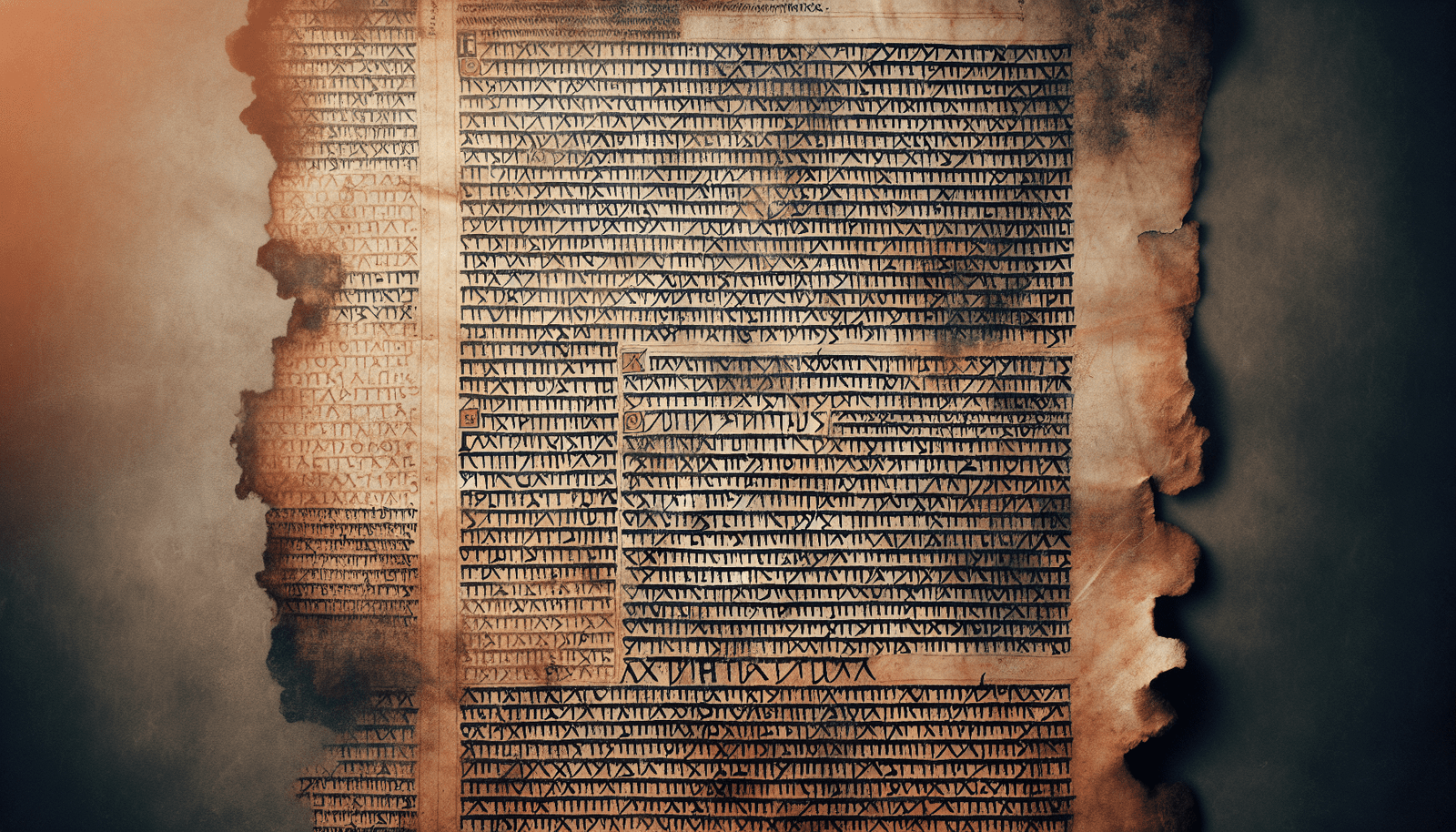Through the corridors of time, the Bible has been a beacon of faith, guiding generations with its sacred words. But how many times has this cornerstone of Christianity truly been altered?
The layers of history and the myriad hands that have touched its pages raise intriguing questions about the extent of its modifications. As one explores the complexities of biblical changes, a fascinating journey unfolds, revealing the intricate tapestry of revisions that have shaped its enduring legacy.
Historical Background of Bible Changes
The evolution of the biblical text throughout history reflects a complex interplay of cultural influences, textual transmission errors, and intentional revisions. Over its 2,000-year history, the Bible has seen numerous changes stemming from hand-copying errors, translations, and revisions. The process of hand-copying the Bible, from the original manuscripts to new copies, introduced variations that accumulated over time, leading to errors, omissions, and alterations. These changes in the text highlight the challenges in preserving the original message and interpreting it accurately within its historical context.
Different versions of the Bible emerged as a result of these variations, influenced by the cultural, societal, and historical contexts in which they were produced. Scholars engage in the critical task of comparing and analyzing various manuscripts and versions to trace the evolution of the biblical text. By examining the differences among these versions, researchers gain insights into the intentional and unintentional changes that have occurred over centuries.
Studying the historical background of Bible changes provides valuable information about how the text has been shaped by human hands and cultural factors. It underscores the importance of understanding the complexities involved in the transmission and interpretation of the biblical message across different versions and manuscripts.
Early Translations and Manuscript Variants
Reflecting on the historical context of Bible changes, the exploration of early translations and manuscript variants reveals a rich tapestry of textual evolution influenced by cultural dynamics and manual copying practices. In the early centuries, copies of the Bible were made by hand, leading to the possibility of errors creeping into the text. These ancient copies, being replicated manually, were prone to variations and mistakes due to the lack of professional scribes and the challenges inherent in manual transcription.
As the Bible was translated into different languages and copied over time, changes were made that resulted in manuscript variants. Scholars engaging in textual criticism analyze these variants to understand the differences and similarities between the various versions of the biblical manuscripts. This meticulous process helps in deciphering the original texts and tracing the evolution of the Bible's content.
The English Bible, for example, has gone through numerous translations and adaptations, each contributing to the diversity of manuscript variants. By studying these variants and engaging in textual analysis, scholars aim to unravel the complexities of the Bible's textual history, shedding light on the challenges of preserving the original content amidst the changes and adaptations that have occurred over centuries.
Impact of Reformation on Bible Alterations
During the Reformation period, significant alterations reshaped the Bible to align with Protestant beliefs and doctrines. Martin Luther played a pivotal role in this transformation by translating the Bible into German, setting a precedent for further translations and revisions. The Reformers' emphasis on making the Bible accessible to the common people led to an increase in translations and revisions, reflecting a shift in authority from the Catholic Church to individual interpretation within Protestantism.
This era marked a challenge to the traditional authority of the Catholic Church, resulting in revisions that aligned with Protestant theological perspectives. The increased scrutiny of biblical texts during the Reformation prompted changes to better reflect these evolving perspectives. The alterations made during this period weren't merely linguistic but also theological, as different interpretations and beliefs influenced how the Bible was translated and revised.
Modern Bible Versions and Revisions
Numerous revisions in modern Bible versions have aimed to enhance accuracy and readability through the incorporation of advancements in scholarship, language, and textual criticism. The evolution of these versions reflects a deeper understanding of ancient languages and cultures, leading to more precise translations. Revisions address errors, inconsistencies, and linguistic changes that have occurred over time, making certain that the text remains faithful to its original meaning while being accessible to contemporary readers.
| Aspect | Description |
|---|---|
| King James Version | The King James Version, first published in 1611, is one of the most influential English translations. |
| Revisions | Modern versions undergo revisions to update language, correct errors, and improve overall accuracy. |
| Textual Criticism | Scholars use textual criticism to compare ancient manuscripts and ensure the accuracy of translations. |
These revisions not only maintain the integrity of the text but also aim to make it more relevant and understandable to today's readers. The ongoing process of revising and updating Bible versions showcases a commitment to preserving the essence of the scriptures while adapting to the evolving linguistic and scholarly landscape.
Controversies Surrounding Bible Changes
Amid ongoing scholarly scrutiny and historical analysis, controversies persist regarding the changes that have occurred within the Bible over time. The discovery of the Dead Sea Scrolls provided valuable insights into the variations present in biblical manuscripts, shedding light on the extent of revisions and alterations that have taken place. Scholars estimate that there are over 400,000 variants among these manuscripts, illustrating the complexities involved in ensuring the accuracy of the text.
Discrepancies found in different versions and editions of the Bible have fueled debates about the reliability and authenticity of its content. Questions surrounding the fidelity of translations, the impact of editing practices, and the presence of multiple variants have raised concerns about the original message conveyed in the scriptures. The evolution of the Bible through changes in punctuation, spelling, and wording has further contributed to the controversies surrounding its composition and interpretation.
The process of revising and editing the Bible has introduced various alterations that challenge the notion of a static and unchanging text. These controversies highlight the intricate nature of biblical scholarship and the ongoing quest to reconcile the diverse elements that shape the understanding of the Bible's history and composition.



